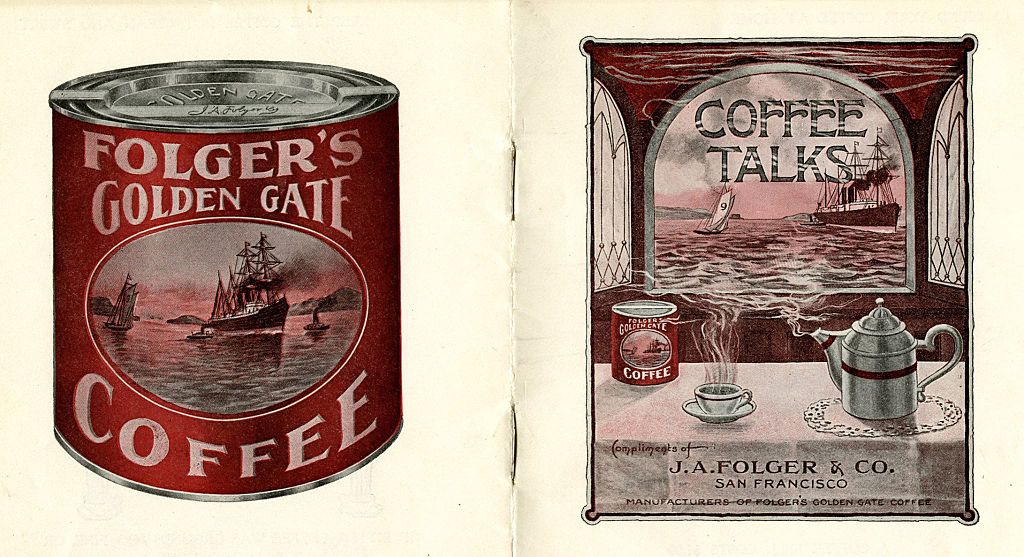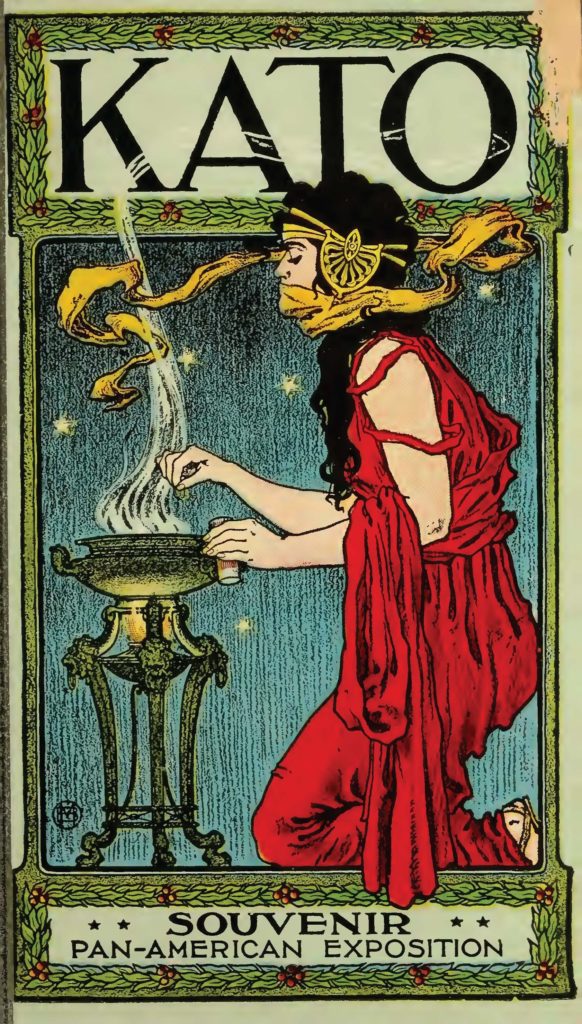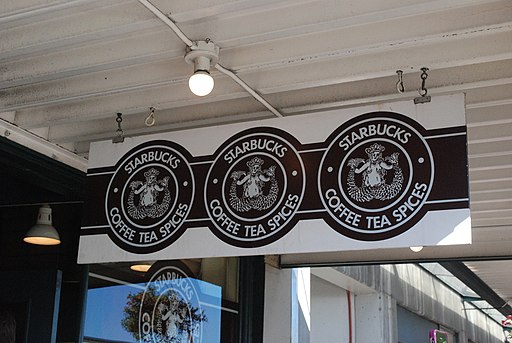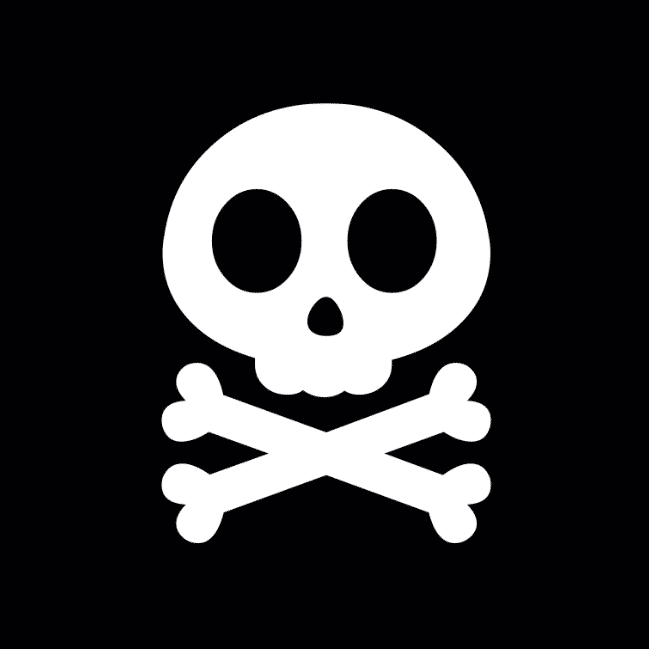“It’s amazing how the world begins to change through the eyes of a cup of coffee.”
Donna A. Favors
As the American Civil War came to its conclusion and coffee began to take a more permanent place in the lives of regular Americans, the history of coffee would once again be altered, this time thanks to capitalism. Join us as we conclude our journey and take a look at how this delicious drink, originally found by a goat herder, made its way to your table.
The California Coffee Rush
James Folgers was only fourteen years old when he moved to San Francisco from Massachusetts with his two older brothers. When they arrived there, they had no money, so while his two older brothers went to work in the gold mines, John Folgers began to help build and work at a coffee roastery known as The Pioneer Steam Coffee and Spice Mills.
After helping William Bovee (the original founder of the roastery) build his business for four years, an eighteen-year-old John Folgers bought Bovee’s interest in the company, then followed suit by buying the rest of the shares in the company. Now that he owned all the shares in the company, John Folgers changed the name of the business to what we know today: Folgers.
From there, James A. Folgers continued to slowly grow his coffee roastery, though it would not become the recognizable coffee brand that it is today until his son James A. Folger II took charge after his father’s untimely death at the age of 54.
With the help of a salesman named Frank P. Atha, Folgers quickly expanded sales outside of California. While Folgers continued to expand its operations across the Western United States, a couple of pioneers began to consider how they could make coffee much more instant.

The History of Instant Coffee
The earliest existence of instant coffee was in 1901 when Japanese inventor, Satori Kato created a soluble coffee powder that he presented at the Pan-American exhibition under the name, Kato Coffee Co. Though he was the first to create instant coffee, he would not be the only one to do so. Another inventor by the name of George Washington (no, really) established his own company specializing in instant coffee under the name of G. Washington Coffee Refining Co.

Washington’s instant coffee skyrocketed in popularity once the United States had entered the First World War. Soldiers who were fighting in the trenches of Europe would drink a cup of instant coffee, calling it, “a cup of George”. The drink was especially important to the U.S. army which considered coffee to be an important subsistence in light of the German army’s use of mustard gas in the war.
Following the war, Washington continued to sell instant coffee under the name of prepared coffee and advertising instant coffee as a convenient alternative to green coffee or roasted coffee beans. Though Washington’s instant coffee had been vital for the Americans in the First World War, their Swiss rivals, Nestlé would charge ahead with the instant coffee revolution moving forward.
Nestlé was approached by a group of Brazilian bankers who sought the company’s help in converting the many unsold bags of coffee which lay dormant in their warehouses into soluble coffee cubes.
Always up for a challenge, the company brought in chemist, Dr. Max Morgenthaler, who began to help Nestlé develop these soluble coffee cubes. After researching for three years, Morgenthaler found that when coffee mixed with milk and sugar was converted into a powder, that it would last longer. Though this was definitely a breakthrough, the powder wasn’t easily soluble and there were production challenges thus forcing Morgenthaler to go back to the drawing board.
A few years later, Morgenthaler discovered the best way to preserve the taste and aroma of coffee was to create a soluble coffee with enough carbohydrates. After perfecting this technique, Morgenthaler presented his findings to Nestlé, who loved the drink.
Two years later, on April 1st, 1938, Nestlé would launch the first instant coffee to the public under the name of Nescafé. The powder was initially sold in Switzerland, but quickly made its way to other parts of the world and by April 1940, Nescafé was available in thirty different countries.
During the second world war, Nestlé even aided the allies in providing instant coffee to keep their soldiers nourished and jolted, while also providing a taste of home. And much like the Union soldiers of the American Civil War, coffee quickly became a must-have for soldiers fighting across Europe.
The Birth of the Modern Coffee Shop
Up to this point in the history of coffee in America had largely focused on home brewing and instant coffee, rather than gourmet coffee and specialty coffee, however, this would all change in 1955 when a Dutch immigrant landed in America, bringing with him the knowledge of and love for gourmet coffee.
This man was Alfred H. Peet and he would be instrumental to the introduction of gourmet coffee to the United States, as well as being a key figure in the history of Starbucks coffee.
Though Peet arrived in the United States in 1955, he would not establish his own coffee store until 1966, when he established Peet’s Coffee on Vine Street; a rundown neighbourhood in Berkeley, California that happened to be very close to the UC Berkeley campus. This location was likely chosen as the Berkeley neighbourhood was much more progressive, and would likely be more open to trying out gourmet coffee.
Peet’s quickly grew in popularity, and later on, he opened three more coffee shops in the bay area, including ones in Menlo Park and Oakland.
Later on, in 1971, Starbucks sent several employees to Peet’s in order to learn more about gourmet coffee, as well as the company’s roasting and blending techniques. It is believed this action was critical in the early success of Starbucks. However, the history of coffee and the history of Starbucks would not be what it is today until 1981 when a man by the name of Howard Schultz walked into a Starbucks.
Schultz was a sales representative for a company that sold Starbucks many of its drip-coffee makers and was drawn to the company when he noticed how many orders Starbucks placed through his company. After visiting Starbucks for the first time, he was so impressed that he decided to join the company as their head of marketing in 1982.

Schultz would introduce tactics that would help customers feel more comfortable and helped employees develop more customer-friendly attitudes. But, Starbucks continued to remain largely a local coffee chain in the Seattle area, that was until 1983 when Starbucks sent Schultz to Milan to attend a housewares event.
While in Italy, Schultz was impressed by the cafes and the romantic atmosphere that they provided and hoped to bring this same atmosphere to the Starbucks cafes in the United States. However, when Schultz introduced the idea to his bosses at Starbucks, he was quickly rejected, as the partners wished to keep Starbucks in line with the company’s original business model.
Frustrated with the founders’ decision, Schultz left Starbucks and established his own coffee chain with the romantic Italian atmosphere in mind; he called his coffee shop Il Giornale. The chain found success quickly and expanded to multiple cities.
It was then in 1987, that the two founders of Starbucks who had initially rejected Schultz’s idea, put Starbucks up for sale. Howard Schultz and Il Giornale quickly swooped in and bought Starbucks, and changed the name of their own successful coffee chain to the one we all know today.
From the depths of Ethiopia to the bustling streets of Seattle, we have concluded our journey through the history of coffee. What originally started as an energetic plant found by a goat herder was smuggled to the shores of every continent. It is a plant with a history that is both marvelous and bitter and is a drink we all love to consume. This is the history of coffee.


